We salute January 15, 1929-the birthday of American clergyman, civil rights leader and activist, Martin Luther King, Jr., whose legacy brought progress on civil rights with attention to human rights in the U.S. This holiday causes us to reflect upon the diverse contributions that have been made to our own community and schools by a vast array of people who come from many backgrounds. This week we’d like to pay homage to a few exemplary folks who were role models in the African American community.
The first individual we have selected is the founder of Zephyrhills, Captain Howard B. Jeffries. Undoubtedly you have heard about him in relation to the land development genius, plotting and leadership of the emerging Zephyrhills back in 1909. It could also be that you are considering participation in the ‘Captain Jeffries look-alike contest’ which Main Street is scheduling? We wish to share however, another aspect of Mr. Jeffries leadership with you that we don’t think is widely recognized.
Captain Jeffries was the captain of a black infantry during the Civil War. He enlisted as a private in the 28th Pennsylvania Infantry, Company F (which was a white infantry). Later however, he served as a Captain in the 72nd United States Colored Infantry which was organized in Covington, Kentucky. The 72nd was organized sometime prior to July of 1864, but not earlier than the Emancipation Proclamation of September, 1862. (St. Cloud Tribune (FL), April 1, 1920; War of the Rebellion, Series III, Volume IV, published 1900.)
Nick Linville, professional historian with Zephyrhills roots, who works with the Southeastern Archaeological Research (SEARCH), doing consulting on archaeological and historic preservation policy for clients as varied as the United States Navy, the Florida Dept. of Transportation, Progress Energy, and the National Park Service. His professional research has taken him to archives in Philadelphia, Washington DC, Denver, and many places across the southeastern United States. Nick, a 1999 ZHS grad who also enjoys local history, unearthed this unforeseen civil war documentation of our founding father, just recently. Nick shared the following information:
The Civil War (1861-1865) was the first in which African Americans served in large numbers. Over 200,000 black men from both the North and the South served in the Unites States Army and Navy during the conflict. Issued in September of 1862, the Emancipation Proclamation freed slaves in states that were in rebellion and opened the door to the enlistment of black troops in the United States forces. The first African American regiments were raised in places that the Union Army had occupied such as New Orleans and the sea islands of South Carolina. Often, runaway slaves filled the ranks of these early regiments. Several Northern states began forming their own regiments midway through the war as African American men stepped forward to serve. While their participation in the armed forces was a significant advancement of the time, black troops in the Civil War were not permitted to serve as officers. By 1864, the raising of these troops was federalized and African American regiments were officially known as the United States Colored Troops.
One such regiment, the 72nd United States Colored Troops, was raised in Covington, Kentucky about 1864. Serving as Captain was none other than the man who founded Zephyrhills many years later, Howard B. Jeffries. Little is known as to why Jeffries was chosen for this position. He did have prior experience in the military, however, having served in the 28th Pennsylvania Infantry during the opening years of the war.
The founding of our own Zephyrhills was completed by a leader of African Americans troops who we would like to think had a intuitive perspective on the contributions that are derived from diverse viewpoints, experiences and history. Imagine if you will, what it must have been like in 1864, to be charged with a group of recruits who enlisted for the union (yes, the north) and fought in a complicated war? Mr. Jeffries must have had many conversations with his men about their families, passions, hopes and futures. We are so appreciative to Nick for bringing this information to the forefront.
So here in Zephyrhills and surroundings, African Americans have contributed much to our growth and development. African-Americans have been in Pasco County since at least 1812 and have been documented in the state of Florida since the time of the Spanish explorers brought slaves with them. African-American workers were instrumental in the construction of the rail tracks which included the Seaboard Airline in 1896 and later the Atlantic Coast Line Railroad which featured four passenger train stops daily. The Zephyrhills Depot Museum, now housed in the depot building, provides a historical image of the travel dynamics of the late 19th and early 20th centuries; (the brick depot had wide overhangs, exterior platforms and segregated waiting rooms with areas for passenger travel and shipping.) The first black family to reside in Zephyrhills was that of Jake Giles who transferred from the Coastline Railroad in Chosawatchie, North Carolina. The story of this family and contributions is well documented in the book by Vicki Elkins and Margaret Seppanen, Zephyrhills From A to Z.
It is difficult to capture the contributions of African Americans to our community and Clereen and I feel inadequate in doing so. We are so fortunate to have a keeper of history here in Zephyrhills-Irene Dobson. Irene is an active member of the Zephyrhills Historical Association and has lived through some turbulent times with grace and compassion. Her involvement in the local schools as an advisory member, parent and student advocate served as a wonderful example. Irene Dobson, Frances Spoto and Delores Moore organized the first integrated Girl Scout troop. Joe Spoto shared with us a little-known vignette about the three scout leaders. He said a movement in Zephyrhills lead by city leaders in the 70’s advocated converting the scout park, Shepherd Park, into an adult park area and through the spunky leadership of Irene, Frances and Delores, they were able to save Shepherd Park for the young people. Robert Dobson and John Mathis started the first integrated boy scout troop around the 1970’s with wonderful successes. She served on the Board of Sunrise in Dade City. Irene is a guide in helping us to gain a perspective on the contributions of African Americans in our community and we share her passion for acknowledging these gifts.
For many years, African American workers were instrumental in lumbering sawmills in Zephyrhills. I.A. Krusen who 13,000 acres, mostly on credit, for 2.75 per acre and originated Krusen Land & Timber Company provided many jobs and offered a company store.
In fact, the only Zephyrhills African-American School was located on the Krusen Lumber property from 1949-1955. The African American School had two teachers: Bessie Barefield who also served as Principal and Martha L. Lewis. Zephyrhills African-American students attended this local school but later were bussed to the Dade City Moore Academy (named after J.D. Moore, an early teacher.) Irene Dobson collected photos of that original school and students. She helped us painstakingly identify the students and she donated the photos to the Depot Museum.
Celia Linkey Anderson, ZHS Librarian and 1929 graduate wrote about the period of integration:
Integration in Pasco Public Schools went comparatively smoothly. This was in great part due to the efforts of the parents and school personnel. Pasco County was still “small town” in outlook in the sixties, with enough good will on both sides to effect a reasonable transition. Some private schools were opened at this time and a few are still in operation. Yet it can certainly be said that we faced a challenging crisis if not nobly at least creditably.
Professor O.K. Mickens continued as principal of Mickens Middle School after integration and it is believed by many that his influence was one of the major reasons for the smooth transition. He worked tirelessly to help in the crisis, backed by experienced gained from 40 years in the local school system.
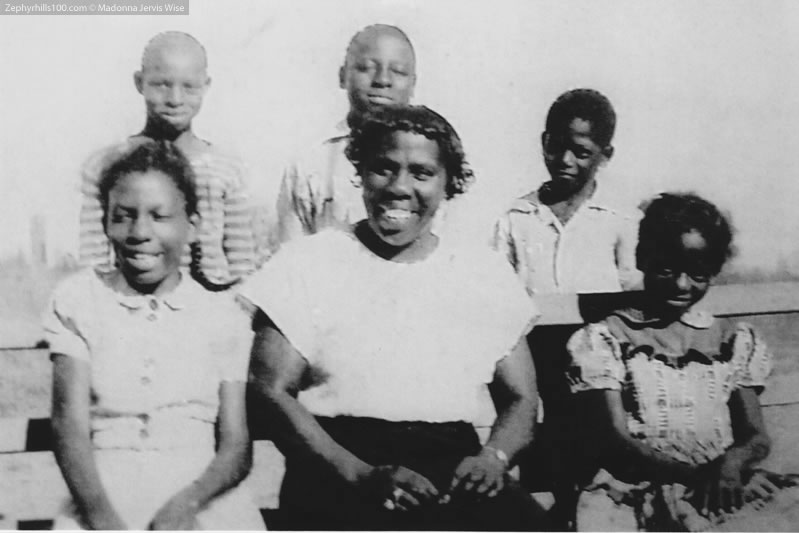
Front row: Mrs. Bessie Barefield, Teacher/Principal, Mary Etta Holmes, Wila Blue, Nancy Jones, Mary Alice Stewart; Second Row: Lonnie Turner, Bessie Mae Giles, Matie Holmes
In July of 1967 the News reported on the HEW (Department of Health, Education and Welfare)-initiated faculty integration which ordered that at least 34 Black teachers be integrated into the various schools of the county as teachers. In Zephyrhills, we were so fortunate to receive the professionals of Earnest Abner, Melvin Dennard, and Joyce Snow, who contributed incredible leadership to our schools. Coach Abner served for over 30 years as a P. E. Teacher and coach while Joyce Snow was a chemistry and algebra teacher. Melvin Dennard was the first Black administrator in Zephyrhills at an integrated school. One additional Zephyrhills teacher was Ophelia Frazier who taught Spanish at ZHS.
To feature some additional community role models, Dobson shared that a person who was fondly respected in the African American community in Zephyrhills as a local humanitarian was—Mr. George Green (1894-1977). He was an enthusiastic participant in the annual Founder’s Day Parade with his white horse, Peggy. Possessing a strong work ethic, he toiled not only as the local junk trader but as an employee of Krusen Timber. With his wife, Daisy Haines, Irene related that George epitomized a sense of community that enriched the lives of children and families as he was always doing good deeds and taking care of people.
Irene Dobson delivered an address for the Martin Luther King, Jr. event in Dade City on Monday. In the speech she chronicled the life of Dr. King. Here is an excerpt from her speech,
“Regarded as the most influential in the civil rights movement, Dr. King stirred the conscious of American society with his non-violent leadership that made him an example. In 1963 he lead the historic march in Washington, D.C. and addressed 200,000 people as he orated, ‘I have a dream.’ His message did not falter throughout a turbulent time and on the evening of April 3, 1968 in Memphis, he delivered yet another speech, I have seen the promise land.”
We indeed are fortunate to have the leadership of Irene Dobson. Thank you, Irene! We invite you to share additional contributions to commemorate our 100th anniversary.
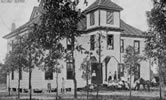
|
Countdown to Centennial All rights reserved. Photos © Madonna Jervis Wise |
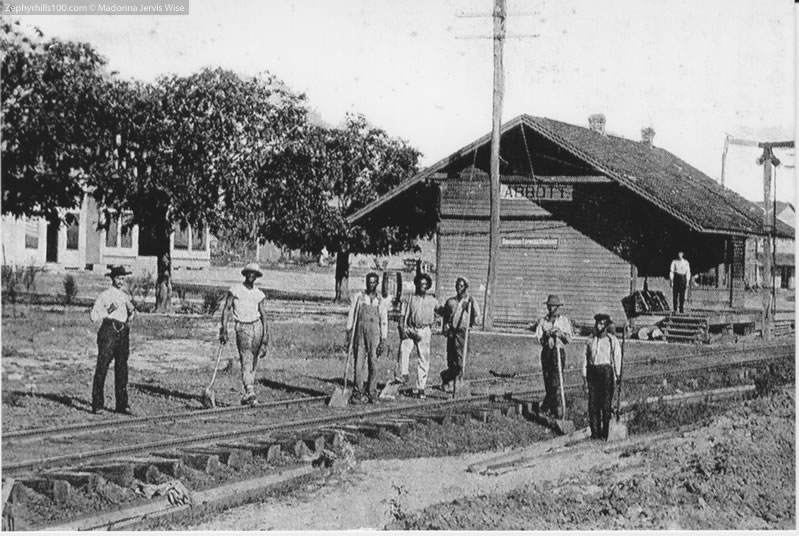
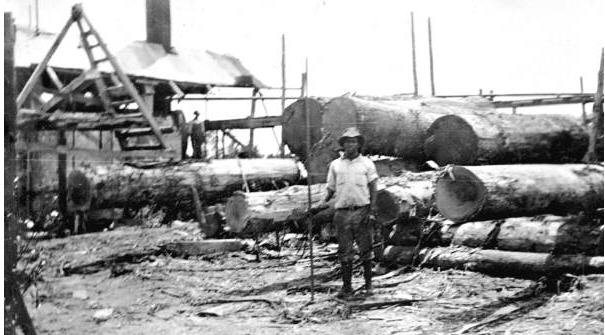
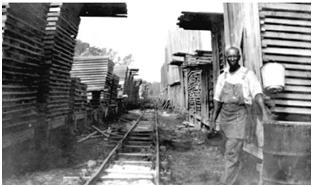
Does anyone have additional information about Captain Howard B. Jeffries? I am especially interested in the period between 1883 when his book, Under an Alias: The Story of War, of Love, and of Colorado and 1909 when he planned Zephryhills in Florida. I know that in 1886 he was Commander of Colorado
FARRAGUT POST No. 46
Denver, Colorado
Meetings, every Saturday evening
of the Grand Army of the Republic.
What took him from Colorado – Florida? There seems to be about a 23 gap in information. Any help appreciated.